Who is Liable for VAT?
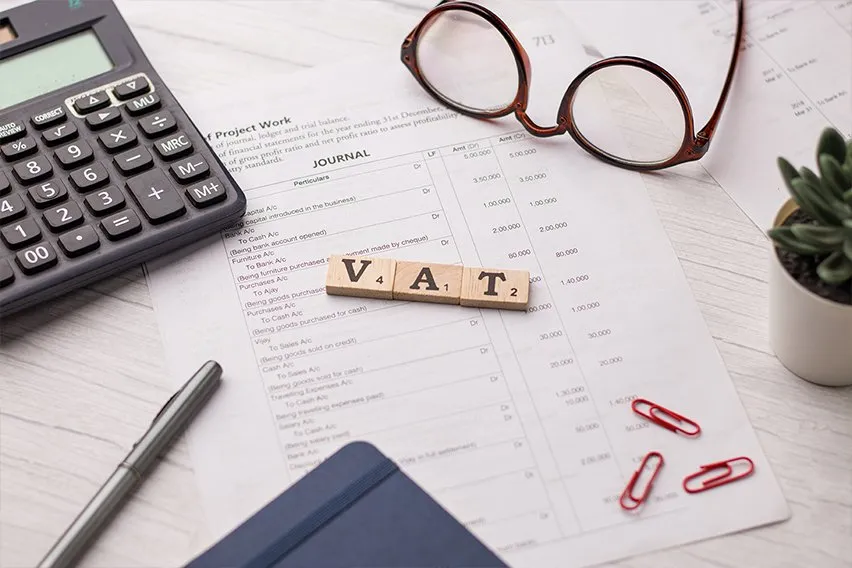
UK businesses with a taxable turnover over £85,000 per year are liable to pay Value Added Tax (VAT). You must register for VAT with HMRC and follow detailed record-keeping and reporting requirements.
VAT is a business tax that applies to most goods and services. There are different rates of VAT, depending on what you’re selling. It’s an ‘indirect tax’ because you, as a business owner, are collecting this tax for HMRC. Rather than the direct taxes that HMRC collect from an individual themselves, like income tax.
Once you’re VAT-registered you also have to pay VAT on the goods and services that you buy for your business. There is some good news here though. If you pay more VAT than you collect, HMRC will pay you back the difference.
This is why some businesses voluntarily register for VAT before they reach the £85,000 threshold.
Here’s What We’ll Cover:
What are the VAT rates I need to use when I’m VAT registered?
What happens when I’m VAT registered?
Who is liable for VAT debt, if things go wrong?
It’s all a bit complicated…and scary!
What are the VAT rates I need to use when I’m VAT registered?
Goods and services fall into one of five different categories when it comes to VAT. One of your most important responsibilities is choosing the correct VAT rate to apply and following the corresponding recording and reporting requirements.
HMRC provides a full, detailed list of VAT rates for all the different goods and services, so you can check yours.
Here’s a quick summary, with a couple of examples to get you thinking.

Outside the Scope
Some goods and services are ‘outside the scope’ of VAT. This means that you don’t charge VAT or reclaim any VAT on them. This includes things like: money made from hobbies, goods and services you buy and sell outside Great Britain, and charity donations.
Exempt
Some goods and services are exempt from VAT. If your business only deals in one of these areas, you don’t have to register for VAT. Exempt goods and services include things like hospice care, public postal services and educational organisations.
Zero rate
This seems entirely counter-intuitive. Zero rated goods and services are VAT-taxable and must be recorded and reported as such. But you apply 0% to your clients and customers. You charge 0% and collect zero pounds. But they must still be part of your VAT returns. Zero rated goods and services include things like books, newspapers and children’s clothing.
Reduced rate
The reduced VAT rate is currently 5% and is chargeable on things like car seats and domestic energy. Some other items come under this rate depending on the “circumstances of sale”. This means that your goods and services are only at the reduced rate of VAT in particular situations, and are standard rate in other circumstances. It can be tricky. As the responsibility for paying the correct VAT rate is on you, make sure you understand the details.
Standard Rate
Most goods and services not mentioned above are charged at the standard rate of VAT, which is currently 20%.
What happens when I’m VAT registered?
Once you’ve identified that your turnover takes you over the VAT threshold and that you’re not exempt or out of scope for VAT, you need to get registered for VAT.
Your VAT registration must be done online, following Making Tax Digital for VAT rules.
After you’ve registered you’ll get your VAT registration number, your ‘effective date of registration’ and the deadline for submitting your first VAT return and payment.
You also take on several new VAT responsibilities, from your ‘effective date of registration’:
- Keeping correct VAT records and a VAT account
- Charge your customers the right amount of VAT
- Pay your VAT to HMRC
- Submit quarterly VAT returns to HMRC
FreshBooks takes away most of this admin burden by being fully MTD for VAT ready. Your FreshBooks account keeps all your invoices and VAT records in order, shows your VAT liability at the click of a button and submits VAT returns directly to HMRC through a specially designed portal.

Who is liable for VAT debt, if things go wrong?
Because all types of businesses have to register for VAT if they reach the VAT threshold, the ultimate liability for any VAT debt depends on the business’s structure.
- Self employed sole trader: You’re solely responsible for any VAT payments and debts
- ‘Conventional’ partnerships: Each partner in the business holds equal responsibility for VAT debts. This debt liability continues even after you leave the firm.
- Limited partnership: General partners are equally liable, limited partners lose their initial capital but aren’t liable for further debt.
- Limited liability partnership (LLP): Exists as a separate legal entity, so partners are only liable for their initial investment and not other debts. The only time this is different is if HMRC discovers that partners allowed insolvency to happen or if a crime has been committed by an individual.
- Limited companies: Are considered separate legal entities and, as a company director, you’re not personally liable for its debts. Companies directors can be liable for VAT debt if there has been a deliberate failure to pay and the company is insolvent. HMRC can also impose ‘VAT security’ on any company director that’s involved in insolvency proceedings. This is usually a large amount of money, which really hinders starting a new business.
It’s all a bit complicated…and scary!
Yes, VAT regulations are quite tricky for most business owners. But FreshBooks doesn’t just sort out the admin. We’ve got clear guides for most elements of the process, like How to Pay Your VAT Bill. There’s no need to try and work it out on your own. Use FreshBooks UK Hub, look at HMRC’s extensive online information and get advice from your accountant or tax professional. Then get back to your customers!
RELATED ARTICLES

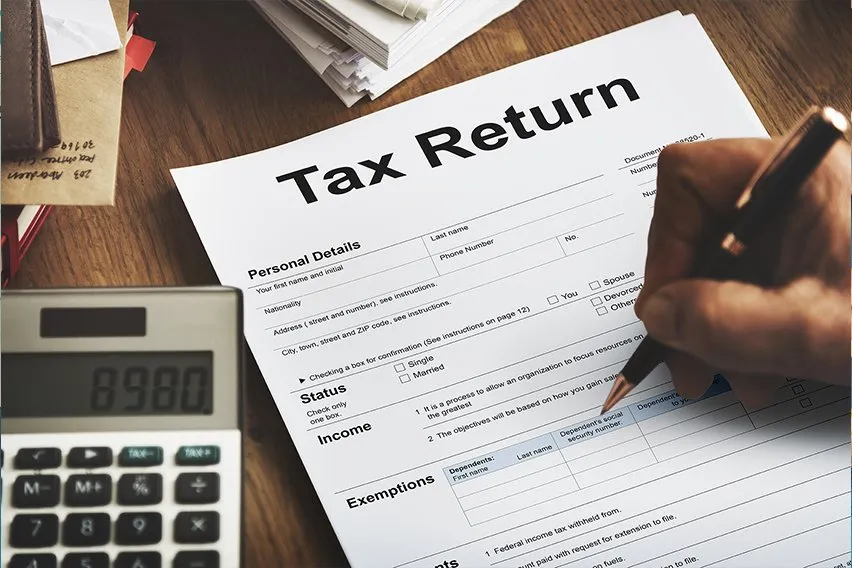 VAT Penalties: All You Need to Know About the New System
VAT Penalties: All You Need to Know About the New System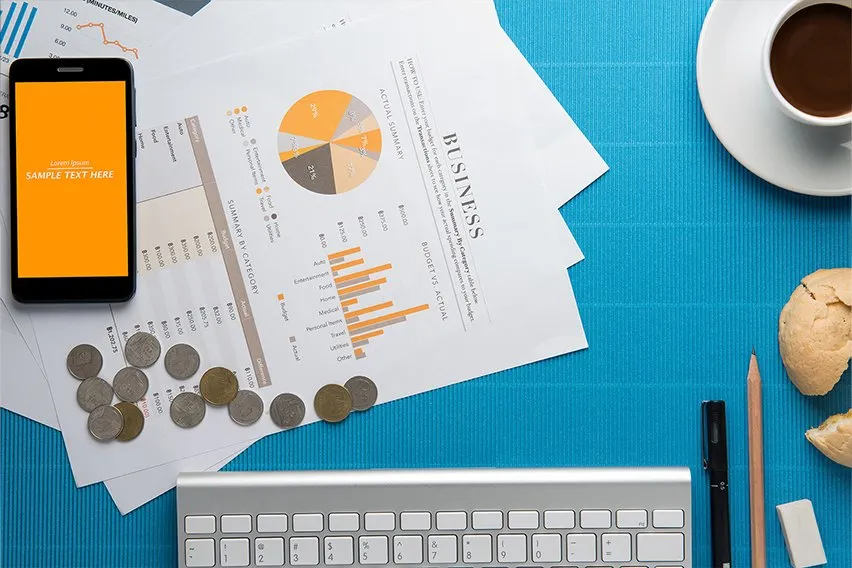 Submit VAT Return Online: HMRC VAT Filing Guide
Submit VAT Return Online: HMRC VAT Filing Guide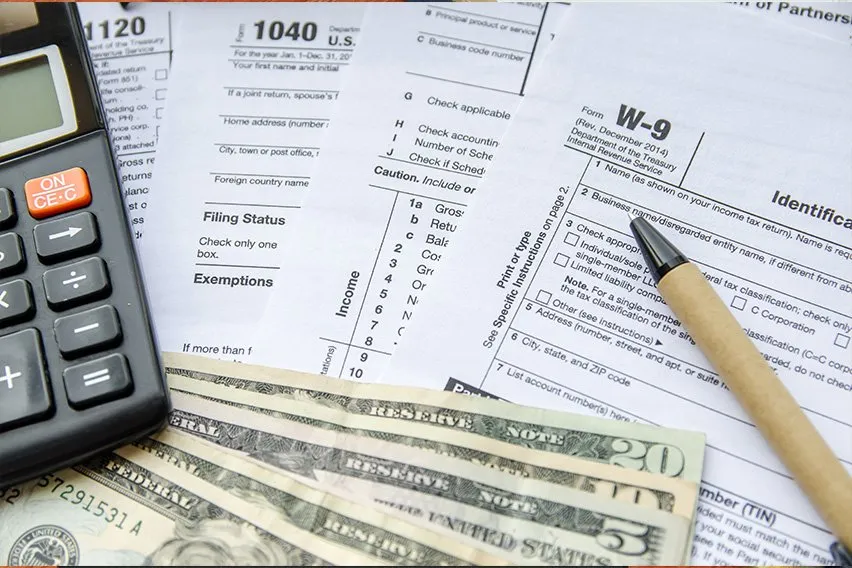 Sole Trader Tax Guide
Sole Trader Tax Guide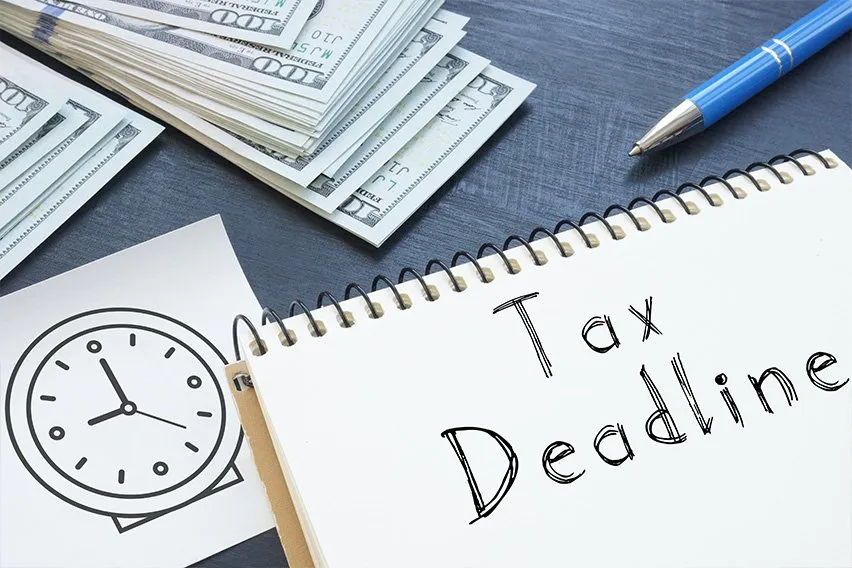 Tax Return Deadline in the UK (2024-25)
Tax Return Deadline in the UK (2024-25)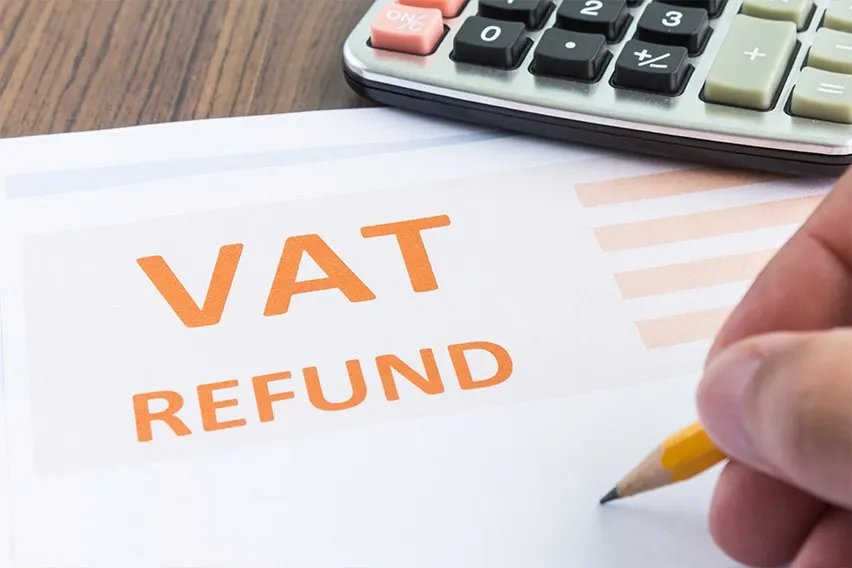 Can I Get a VAT Refund When I Leave the UK? Can I Get VAT Refund When I Leave UK Soil?
Can I Get a VAT Refund When I Leave the UK? Can I Get VAT Refund When I Leave UK Soil?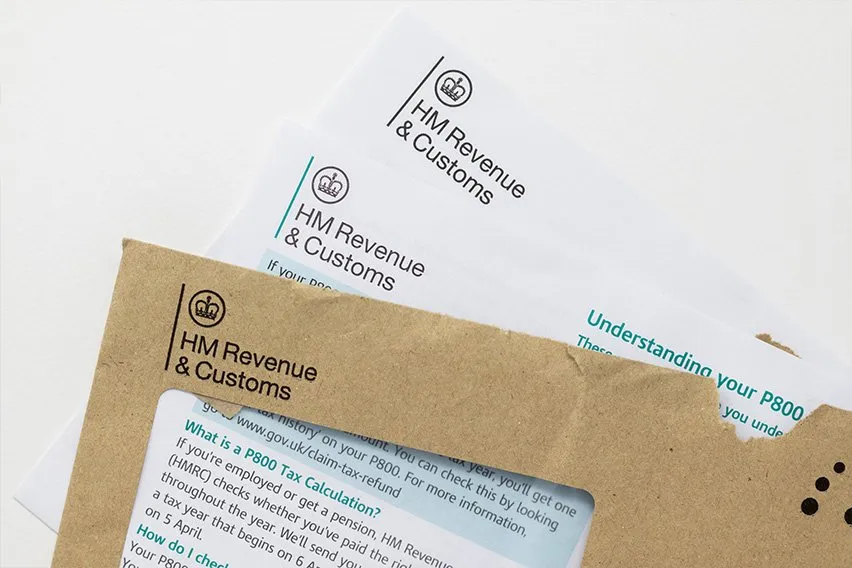 HMRC Invoice Requirements
HMRC Invoice Requirements